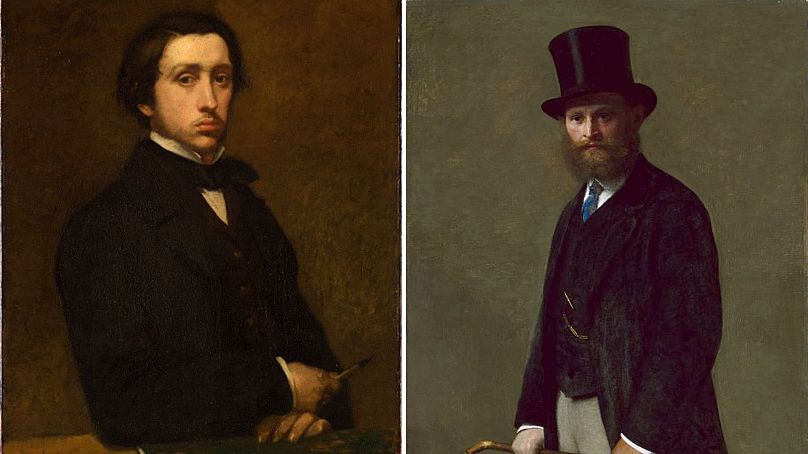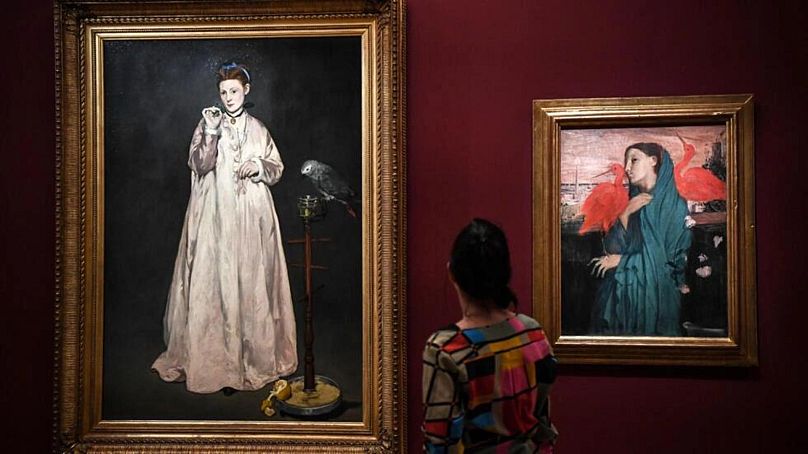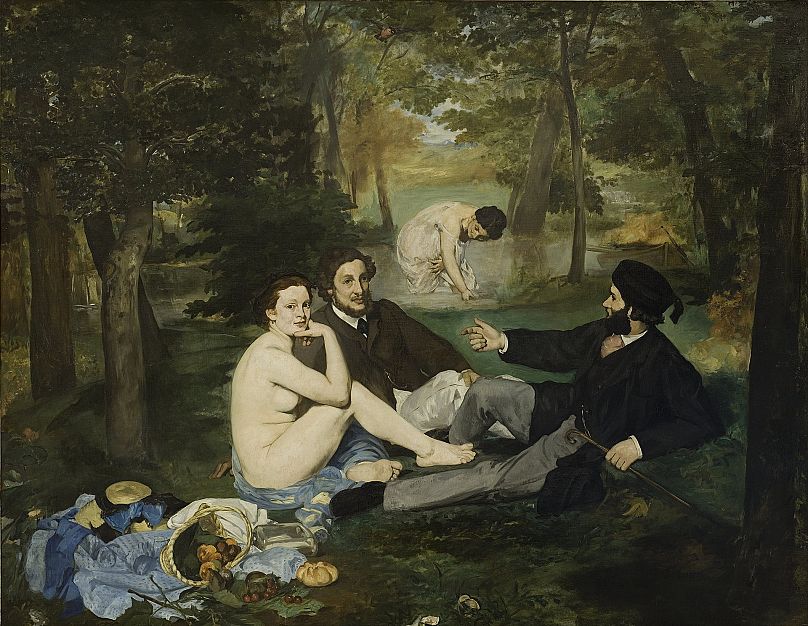The exhibition showcases around 200 paintings, drawings, letters, and notebooks, creating a thematic and chronological route through their artistic careers.
The Musée d'Orsay in Paris is currently hosting a dialogue between two of the most renowned painters of the 19th century, Edouard Manet and Edgar Degas, who were not only friends but also fierce rivals.
The exhibition, co-organised by the Metropolitan Museum of Art in New York and the National Gallery in London, brings together an incredible collection of around 200 paintings, pastels, drawings, engravings, monotypes, letters, and notebooks, creating a thematic and chronological route through their artistic careers.
If you're an Impressionist art enthusiast, this is certainly not one to miss.
Who were Manet and Degas?
Manet and Degas were two personalities at the opposite ends of the spectrum, yet so close in their artistic ambitions, which marked their relationship to history and the old masters.
"Their whole relationship is peppered with stories, disagreements and reconciliation. And in any case, they both looked at each other a lot and were very much nourished by each other's art," explains Isolde Pludermacher, the co-curator of the exhibition.
According to Laurence des Cars, the general curator of the exhibition and former director of Orsay who now leads the Louvre museum, these two artists revolutionised the way people looked at art and the way they represented subjects in their works.
This happened from the end of the 1850s until the death of Manet in 1883, following the realism of artists such as Gustave Courbet or Jean-François Millet.
Both Manet and Degas were born into wealthy bourgeois families, and both abandoned their law studies to pursue art. They exhibited relatively late at the "Salon," a place of discovery of contemporary painting of the time.
While both Manet and Degas had a shared interest in depicting modern life, their styles and approaches to painting were quite different. Manet's work was characterised by loose brushwork and bold use of colour, while Degas was more interested in capturing movement and light in a more detailed and precise manner.
Manet's paintings often challenged the viewer, with his subjects staring back defiantly, while Degas' work was more intimate and focused on capturing a particular moment or feeling.
But they were united by their shared desire to break free from the conventions of their era and to bring the modern world into their art.
What to expect from the exhibition
The exhibition highlights the thematic and chronological journey of these two artists, from their shared desire to bring the modern world into painting to their differing perspectives on truth and realism.
The works, including Manet's famous 'The Luncheon on the Grass' and Degas' incredibly intimate 'In a Café' portrait, are presented in close proximity to one another, effectively emphasising both the similarities and contrasts between the two artists.
"We can see a very close resemblance at different periods of their lives, both in the subjects they deal with and in the way they can renew certain genres and also compositions, while each of them remains very singular," explains Pludermacher.
'Manet/Degas' also highlights the remarkable imbalance between Manet and Degas when they met at the Louvre in the 1860s, at a time when Manet was making waves in the artistic scene with his controversial works, such as 'Luncheon on the Grass' and 'Olympia.'
Although Degas was two years younger than Manet, he became a great admirer of his rival and made several portraits of him, whereas the reverse was not true.
Despite their artistic differences, the complementarity of their styles and imaginations is evident in several series of paintings, from portraits and beach scenes to horse races and women with birds.
The exhibition ends with an unknown and fragmented work by Manet, 'The Execution of Maximilian,' which was inspired by the news of the time but considered too subversive to be exhibited during the painter's lifetime.
'Manet/Degas' opens on 28 March and runs until 23 July at the Musée d'Orsay in Paris.
Check out the video above for a look inside the exhibition.














